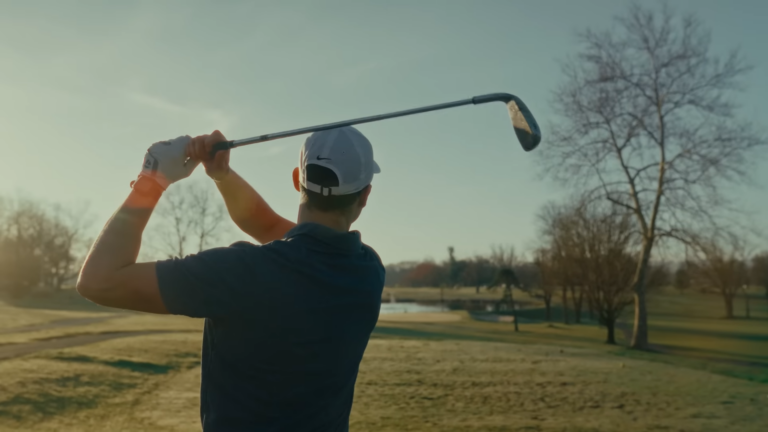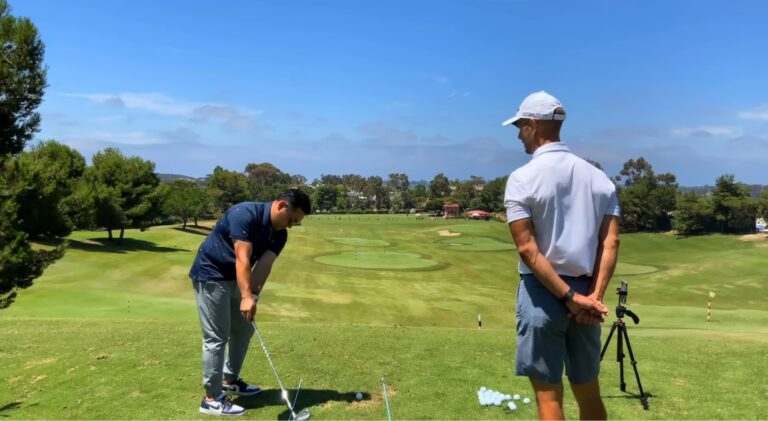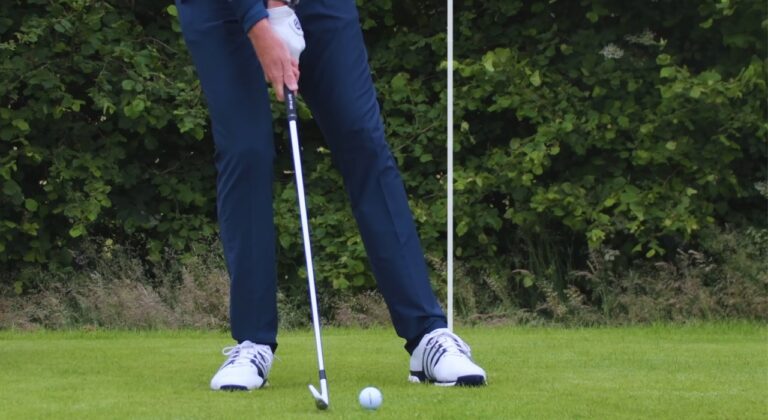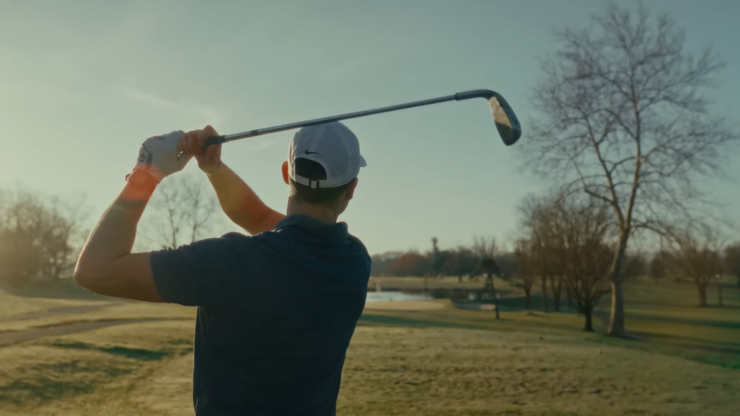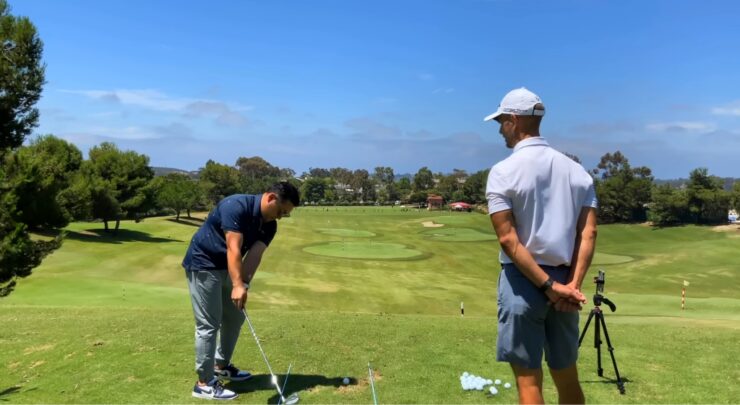Ah, the golf grip – the unsung hero of a perfect swing. I’ve seen it time and time again, from weekend warriors to seasoned pros, the grip is often overlooked, yet it’s the foundation of every great shot. It’s fascinating, really, how something as simple as the way you hold your club can dramatically influence your game.
I remember a time when I was just starting out in golf. I was struggling with my swing, and no matter how much I practiced, I couldn’t get it right. Then, one day, a seasoned PGA pro took one look at my grip and shook his head. He showed me the correct way to grip the club, and it was like a light bulb went off. My swing improved almost instantly. It was a game-changer.
Now, let’s get down to the nitty-gritty. Drawing from the wisdom of esteemed PGA teaching pros, I’m going to walk you through a step-by-step checklist of the fundamentals of a proper golf grip. This guide is tailored for right-handed golfers and focuses on a “neutral golf grip.” But don’t worry, lefties, we’ve got you covered too. Stay tuned!
Left Hand
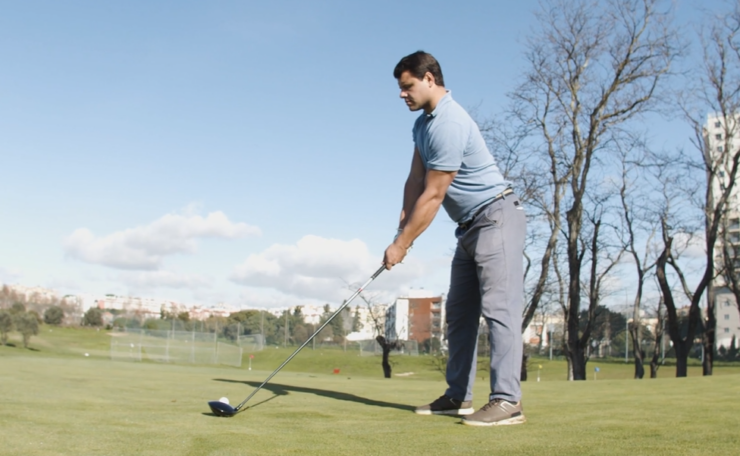
Let’s start with the left hand, my fellow golfers. Here’s how you should position your left hand on the club.
- Imagine the golf grip as a compass, with the top being North. You want to lay the grip across the base of your little finger, just above the first joint of your index finger – let’s call this the ‘South-East’ position.
- Now, it’s time to apply some pressure. The last three fingers of your left hand are your best friends here. They should be holding the club firmly, but remember, we’re going for a grip, not a stranglehold.
- Next, fold your thumb and the pad of your left hand over the grip. This is a crucial step – you want to ensure that the pad of your left hand is sitting comfortably on top of the grip, like a bird perched on a branch.
- Finally, position your left-hand thumb just right of the center of the shaft. Think of it as the ‘North-East’ position on our imaginary compass.
And there you have it – the perfect left-hand grip. It might feel a bit strange at first, but trust me, with a bit of practice, it’ll become second nature.
Tips from Professional Left-Handed Golf Players
As a lefty, you’ve got a unique set of rules to follow when you’re teeing off. I’ve had the pleasure of chatting with some of the best left-handed golfers in the game, and here are a few pearls of wisdom they’ve shared.
1. Keep your clubface square to the ball:
Your clubface should be as square to the ball as possible. This will help you hit it straight and true. If your clubface is tilted to one side or the other, it’s like trying to hit a bullseye with a crooked dart – it’s just not going to work.
2. Aim high:
You’ve got to aim high when hitting your shots. Why, you ask? Well, there are two reasons. First, because we’re looking at our right hand instead of down at the ball. And second, because we’re aiming towards the hole on our right, instead of centering our shot on the green. It’s a bit like shooting a basketball with your non-dominant hand – it takes a bit of adjustment, but once you get the hang of it, you’ll be sinking shots in no time.
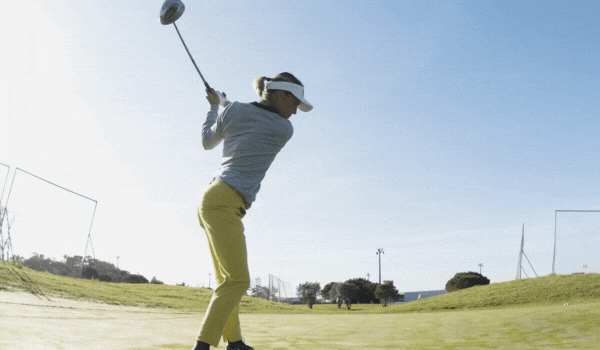
3. Use a targeting motion:
Here’s a tip that’s served me well over the years – use a targeting motion when swinging your club. This means cocking your wris and keeping your elbow close to your body as you swing. It’s a bit like throwing a punch – you want to keep everything tight and controlled to maximize your accuracy and power.
4. Use an offset swing:
Finally, consider using an offset swing. This means starting your backswing closer to the ground than normal, then raising your club up into position before striking the ball. It’s a bit like a slingshot – you’re building up tension and then releasing it for maximum impact.
Right Hand

Now, let’s talk about the right hand. As a right-handed golfer myself, I’ve spent countless hours perfecting my grip and swing. Here’s what I’ve learned along the way.
- First, with your left hand already in place on the golf grip, lay the grip across the base of the fingers of your right hand. It’s like shaking hands with the club – firm, but friendly.
- Next, wrap your right-hand fingers around the underside of the grip. Think of it as giving the club a gentle hug with your fingers.
- Fold the lifeline of your right hand over your left thumb. It’s a bit like interlocking fingers with a loved one – it creates a secure and comfortable connection.
- Apply pressure with the middle two fingers of your right hand. It’s these two fingers that will give you the control you need to make a great shot.
Tips from Professional Right-Handed Golf Players
Now, let’s move on to some tips from professional right-handed golf players.
1. Get A Good Grip:
The first and most important step in playing better right-handed is to get a good grip on the club. I can’t stress this enough – a good grip is the foundation of a good swing. Make sure your hand is positioned correctly over the clubface and press down firmly with your fingers. This will ensure consistent contact with the ball and help you swing accurately.
2. Be Patient:
Patience is a virtue, especially in golf. It can be difficult to stay patient when you’re playing right-handed, but trust me, it’s essential if you want to improve your game. Try to avoid getting frustrated when playing. Instead, take things one swing at a time and focus on perfecting your technique. Remember, Rome wasn’t built in a day, and neither is a great golf swing.
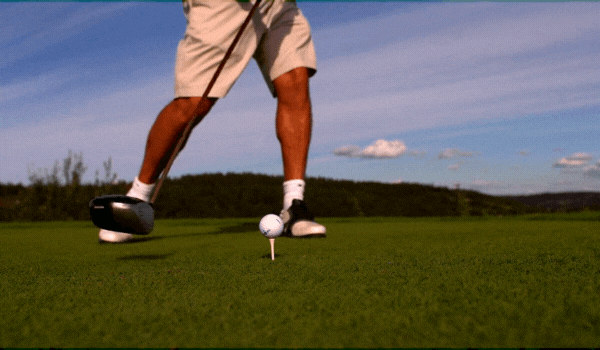
3. Practice Your Swing Often:
The best way to improve your right-handed game is by practicing regularly. I’m a big believer in the saying, ‘practice makes perfect.’ Do different drills that challenge your technique, and keep practicing even after you achieve success on the golf course. This will help you continue learning and improve your game year-round.
Key Checkpoints of Proper Golf Grip
Let’s look at some key checkpoints of a proper golf grip. These are the little details that can make a big difference in your game.
- Firstly, your palms should always face each other when applied to the golf grip. It’s like they’re mirroring each other – a perfect reflection.
- When you look down at the grip, the knuckles of your left-hand forefinger and middle finger should be visible. It’s a bit like peeking over a fence – you should just be able to see them. Meanwhile, the creases of your thumbs and forefingers should point between the right side of your face and your right shoulder.
- Throughout the golf swing, your hands should work together as one unit. It’s a beautiful dance, really, with neither hand trying to steal the spotlight.
When to Alter Your Golf Grip
Now, let’s talk about when to alter your golf grip.
- For the majority of your shots, you’ll want to use a “neutral golf grip.” This results in a square clubface at impact, which is what we’re aiming for most of the time.
- But what about those tricky “fade” shots, where you want to curve the golf ball slightly from left to right around an obstacle? For those, you’ll want to use a “weak” golf grip. This involves rotating your hands to the left on the golf grip, which opens your clubface.
- And for “draw” shots, where you want to curve the golf ball slightly from right to left around an obstacle? That’s when you’ll want to use a “strong” golf grip. This involves rotating your hands to the right on the golf grip, which closes your clubface.
Remember, golf is a game of subtleties. The smallest adjustments can have the biggest impacts. So, pay attention to these details, and you’ll be well on your way to mastering the art of the golf grip.
FAQ

How can I improve my grip?
Improving your grip is a journey. One tool that can help you along the way is a golf club grip trainer. This handy device helps you understand how to grip the club properly and gives you the opportunity to practice with a better grip. It’s like having a personal golf tutor at your fingertips.
What type of club should I buy for beginners?
Ah, the age-old question. For beginners, I’d recommend starting with a shorter club. They provide more forgiving feedback and are easier to control. It’s like learning to drive in a compact car before graduating to a sports car.
Can you use the same grip for the driver and irons?
In general, each club has a specific grip that is designed just for it. It’s like each club has its own unique handshake. There are some exceptions, like hybrid clubs, which may have a different grip for the driver and irons.
However, most golfers will find that their grip for the driver and irons will be quite different. Experiment with different grips to find what feels best for you.
Where should you grip a golf club?
Most golfers should grip the club slightly on the top end, with their thumbs pointed towards the ball and their fingers pointing away from them. It’s a bit like holding a bird – you want to hold it firmly enough that it doesn’t fly away, but not so tight that you hurt it.
Should you grip a golf club tightly?
This is a common misconception. Many golfers grip the club tighter than necessary. Remember, you’re not trying to strangle the club. You don’t want to apply so much pressure that you cause discomfort or lasting damage. A good grip should be firm, but not too tight.
Final Words
As we wrap up this journey through the art of the golf grip, I hope you’ve found these insights helpful. I’ve spent countless hours on the green, perfecting my swing and grip. I’ve also had the privilege of learning from some of the best in the game, and I’m thrilled to share these lessons with you.
Remember, the golf grip is the foundation of every great shot. It’s the handshake between you and your club, the starting point of every swing. Whether you’re a right-handed golfer, a left-handed golfer, or somewhere in between, mastering your grip is a crucial step in improving your game.
But don’t forget – golf is a journey, not a destination. It’s a game of patience, precision, and constant learning. So, take your time, enjoy the process, and don’t be afraid to experiment with different grips and techniques.
And most importantly, have fun. Because at the end of the day, that’s what golf is all about – enjoying the game, the green, and the journey. So, here’s to mastering the art of the golf grip, and to many happy hours on the green. Happy golfing, my friends!
Ethan Harper, a golf enthusiast with a background in sports journalism, contributes his extensive knowledge and engaging storytelling to our website. Having covered major golf tournaments worldwide, Ethan has a unique ability to make even the most technical aspects of golf accessible, making his writing a hole-in-one for readers seeking to elevate their game.
Related Posts:
- Golf Tips to Choose the Right Golf Club as You Play…
- 3 Wood vs 5 Wood Difference - Build Your Confidence…
- 12 Best Golf Balls for High Handicappers 2024 - Find…
- Best Way To Clean Golf Clubs: How To Clean Golf…
- Golf Swing Instruction and Tips for Beginners -…
- Strong vs. Weak Grip: How it Impacts Your Golf Swing



